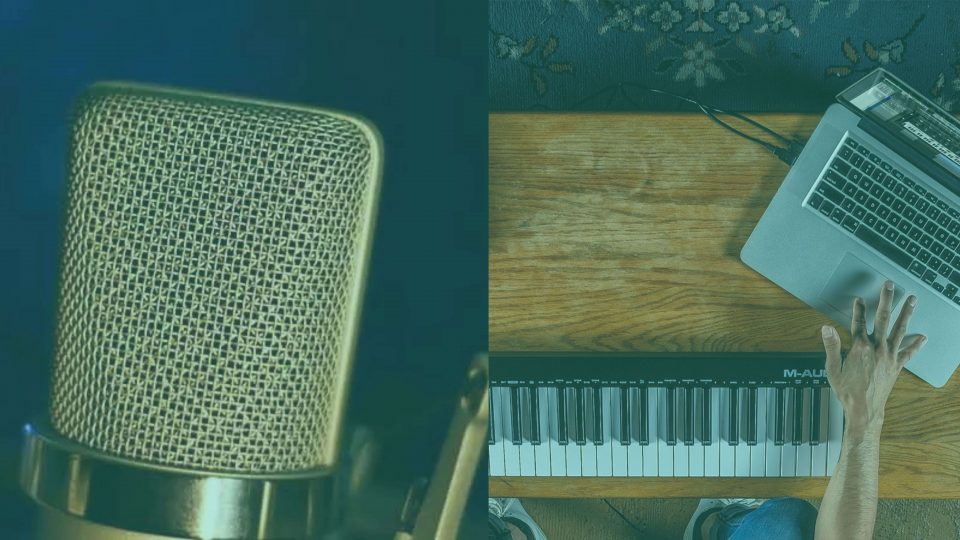How Much Does A Home Studio Cost?
Building your home studio can take a lot of money out of your pocket. But with teh right guide you can put a home studio with the essential music production tools together for a fair price.
The only three things you actually need are a computer, headphones and a DAW (digital audio workstation). You can get these items on finance or you can pay outright and save a few hundred dollars/pounds. You can get a laptop that meets your music production needs and a DAW for $1,019.49 (£758) or less.
What Laptop to Use for Making Music on a Budget
The first thing on your list has to be a laptop. We live in the age of digital music and computers are what make it happen. Thankfully, you don’t need a flashy computer or an overly expensive one.
The two things to make sure your computer has is 8GB of RAM and at least an i5 (or equivalent) processor. A solid-state hard drive compared to a traditional HDD helps too due to its faster processing!
With that said, we recommend something like the ASUS 15.6″ VivoBook. With 256GB of solid-state storage, 8GB of RAM and an i5 processor, the Vivobook has everything you need for $805.78 (£599).
Your laptop will be the most expensive thing on this list. For a home studio on a budget, it’s important to only stick to what you need and the rest will come later. You need a computer, so if you already have one – you’re saving yourself a lot of money.
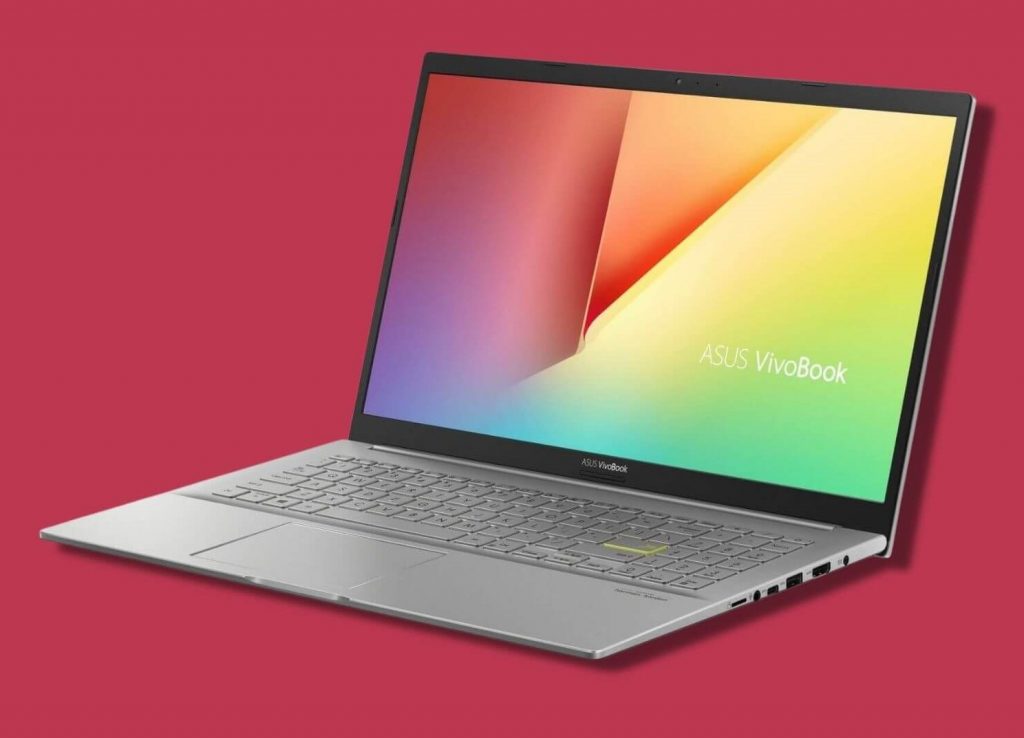
You Need a DAW
The second item that you need is a digital audio workstation (DAW). There are so many DAWs to choose from, but we’re talking on a small budget basis. With that in mind, we recommend using Bandlab to get you started. Bandlab is a free online DAW but it does have limited capabilities.
For mobile, we recommend Roland’s Zentracker!
Anyway, if you find yourself fortunate enough to have some spare change after you bought a laptop then you may want something a bit more fleshed out.
We recommend FL Studio Producer Edition or Ableton Standard Edition.
FL Studio is the cheaper package at $186.97 (£139) while Ableton is $429.09 (£319).
Both of these products offer the same things in many places. For example, they both offer limited use of their stock plugins. Ableton because its workflow is much more flexible compared to FL Studio, and it’s generally the better workstation. It’s easier to learn and there are more tutorials online for Ableton than FL Studio.
But don’t start to think that FL Studio doesn’t offer much bang for the buck. Firstly, FL Studio still has countless tutorials online. These two DAWs probably have more tutorials online than any other DAWs.
FL Studio can do nearly everything that Ableton can. The difference is that Ableton allows you to do the same processes much more simply, and then some.
Ableton offers much better stock plugins like its industry-renowned Glue Compressor and its sock FM synth Operator, and its wavetable synth Wavetable.
FL Studio comes packed with plugins too, but they often fail to meet the criteria that Ableton’s do. I’m making the move at Ableton from Fl Studio very soon, but I do have to mention FL’s additive synth Harmour.
Weigh up the cost and benefits between these two (or any other) DAWs. They each allow you to download a demo of the software so that you can try them before you buy them.
Try the Ableton demo here.
Try the FL Studio demo here.
Now You Need to Hear Your Music with Headphones
To hear the music you’re making, you need flat response headphones. The Audio Technica ATH-M20x top tier headphones are known for their professional studio capabilities.
Closed-back headphones with a frequency response of 15Hz to 20kHz allow you to hear everything going on in your mixdown without any outside interference.
The ATH-M20X headphones are at an affordable price of $65.92 (£49).
We recommend using headphones rather than studio monitors when you’re starting out. You’ll save you a lot of money. If you’re not looking to record any instruments or vocals then you already have everything you need.

Write Melodies With Your MIDI Keyboard
Okay, so we’ve covered the three things that your home studio actually needs if you’re only looking to make beats. But a MIDI keyboard/controller will also be highly useful to you, whether you want to be a beatmaker or a music producer… but it’s not needed.
But a MIDI keyboard will make the creation process much more fun. Rather than just paste your notes into the piano roll of your DAW with your mouse, a keyboard allows you to play and record yourself actually writing music!
There are countless affordable MIDI keyboards out there, but we recommend M Audio’s Mini 32 Keystation or AKAI’s MPK Mini Mk 3.
A MIDI keyboard makes the music creation process more fun and interactive. Affordability is a smaller controllers’ main sellign point.
You can grab M-Audio’s Keystation for $52.47 (£39) and the MPK Mini for $119.73 (£89)!
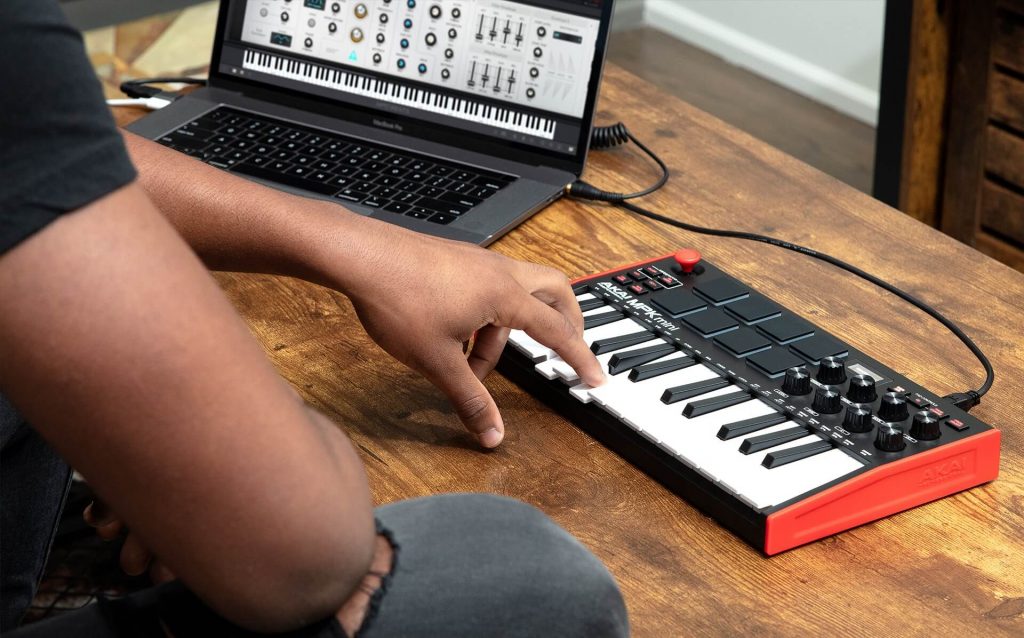
To Turn Audio into Computer Data, You Need a Audio Interface
To explain them very simply, an audio interface allows you to connect a microphone (we’ll get into those next!) to your computer.
Like anything else in music, there are a plethora of options available to you for affordable interfaces. Before purchasing an interface, assess your needs.
Are you a beatmaker not looking to record anything? You don’t need an interface.
Are you a solo guitar player that can sing? You need an interface with only one input.
Are you a drummer? Again, you only need one input – but would massively benefit with 4 inputs!
But we wanted to recommend the new kid on the block. Arturia’s Minfuse interface features 3 different interfaces. Minifuse 1 with only one input, Minifuse 2 with two inputs and Minifuse 4 with four inputs.
A series that can accommodate any home studio. Many people buy an interface with more than they need. This does future proof your setup, but you are effectively throwing money down the drain if you don’t have any plans to start a band yet.
The Minifuse 1 sits at $99 (£84), while the Minifuse 2 sits at $149 (£126).
We wanted to recommend this interface because it also accommodates content creators and streamers. You may not be either of these, but if you want to sell your music nowadays… it pays to be one or the other, or both.
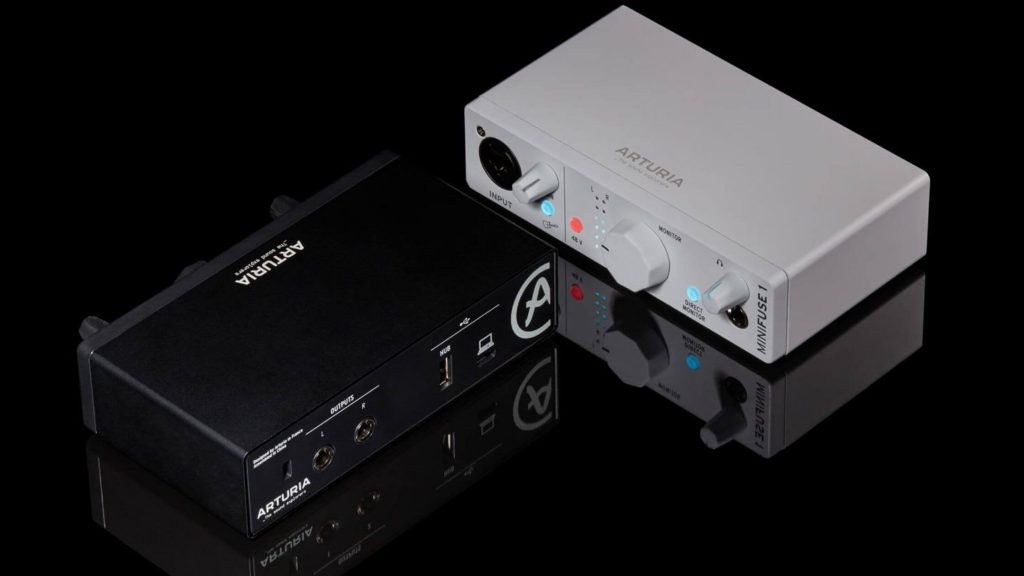
Got Something to Sing? Grab A Microphone!
However, maybe you’re not a beatmaker and would rather use your guitar than a MIDI keyboard. Having a singing voice is a gift. But as an idea is only as good as how it’s executed, a poor mic setup can ruin good singing voice when it becomes an electric signal.
Before we get into the physical setup, let’s talk about the mic itself. If you’re a singer-songwriter and want to record your guitar and your vocals, you need a large-diaphragm condenser. These mics capture audio with high levels of detail and capture very low levels of unwanted noise. What are your vocals if not audio with lots of detail?
For your low budget, we recommend an entry-level mic like the MXL440. It’s a large-diaphragm condenser at a price point of $74.95 (£79). Its cardioid pickup pattern only records sound from the front of the microphone, so you don’t need to overly worry about noise floor.
Oh, and it’ll probably pay to have a $20 mic stand.
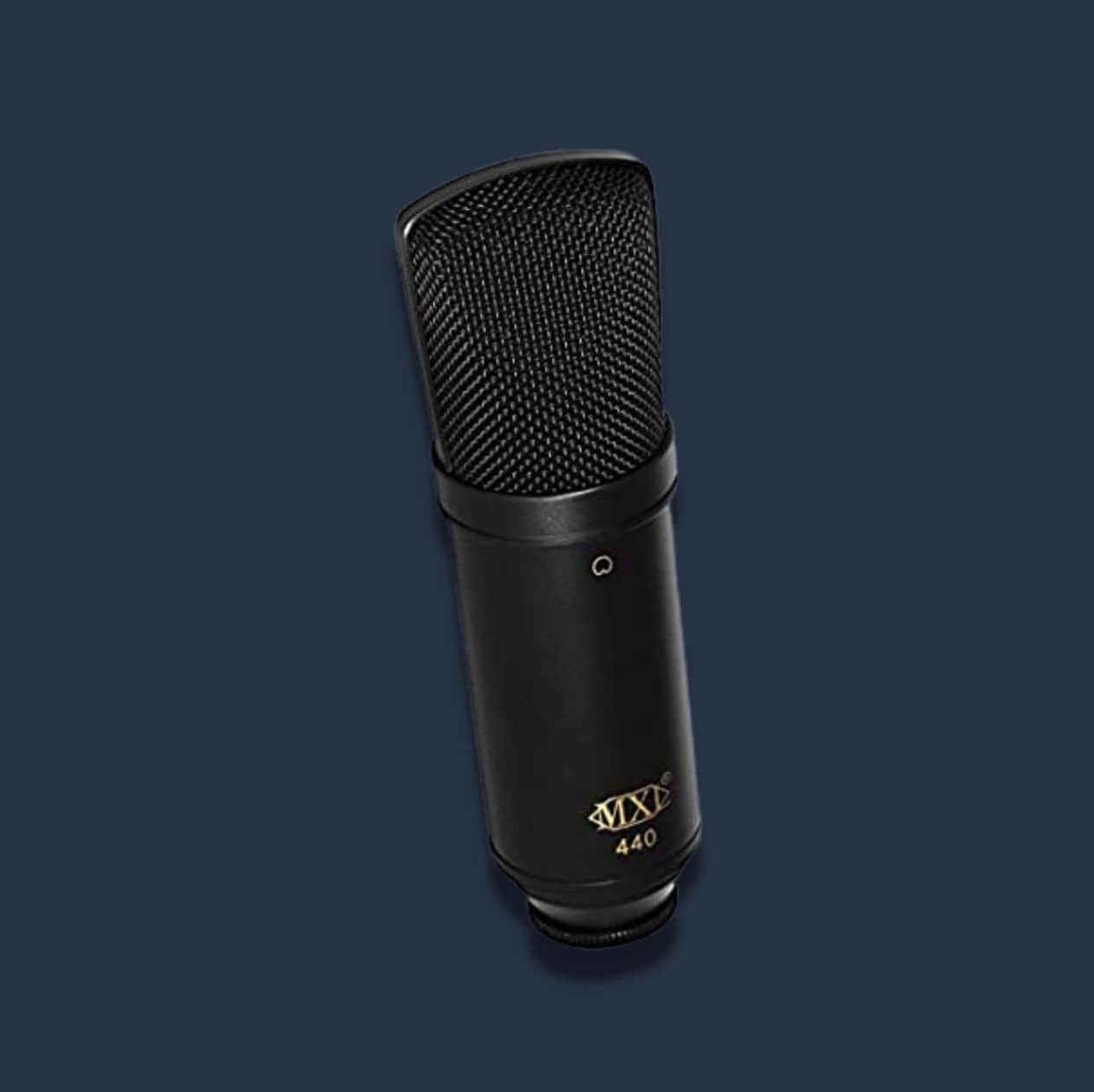
Should I Use Acoustic Treatment in My Home Studio?
To answer should you have acoustic treatment, lets’ explore why it’s a thing in the first place.
The invisible waves that we call sound travel outwards in all directions away from their source. If you were to be singing into a microphone, only a small number of the soundwaves would travel in a straight line (direct sound) into the mic while the rest travel beyond the mic.
The waves that travel beyond will randomly bounce off the walls of your room and some of those waves (known as reflected sound) will find their way back to the microphone by chance.
Not only this, the sound will reflect back to your ears as you are listening to your monitors. In this scenario, you’d be listening to the direct sound from the monitors as well as reflected sound!
So, that’s how sound travels. Where does acoustic treatment come into play?
To figure out how much your room needs treatment, undertake the clap test – clap from every point in your room. If you hear a harsh metallic sound bouncing between walls, you’ve got flutter echo which is the bane of studio engineers. If you only hear a pleasant reverb, the area you are in doesn’t really need any attention.
The two types of acoustic treatment that you should look into are bass traps and acoustic panels. The third type of treatment is diffusers – but these will be OTT for your budget studio.
Porous bass traps, the only bass traps that home studio producers should concern themselves with, can absorb low, mid and high frequencies and this makes them our first line of defence against reflected sound! They’re broadband absorbers, which means that porous traps can, sometimes, be enough to treat your room!
You can grab bass traps here for $70.80
Acoustic/absorption panels aren’t very good at absorbing lower frequencies, which is why you may find it better to have bass traps first!
Made of soft materials, like bass traps, absorption panels feature air pockets that prevent sound waves from bouncing back at you.
Therefore, acoustic panels should be a supplement to bass traps. Because they’re thinner, panels offer more surface area with less material. This allows them to cover more wall space which will absorb any standing waves that may be lingering between parallel walls.
You can grab acoustic panels here for $17.68
Before going ahead and buying a bundle, make sure you take measurements of your room. We recommend starting with 4 bass traps and 8 acoustic panels.
For our extensive guide to setting up acoustic panels, click here.
As well as all this super cool gear, you need a place to find sounds. You need a site where there’s a never-ending catalogue of samples at your disposal.
We at Mixxed are working with numerous sample creators and labels across a variety of genres to bring you the most accessible premium sample subscription service yet. For less than $3 a month, you’ll have access to our ever-growing catalogue of samples that you can browse, download and keep forever!
Our users are already using our service to create the music of their dreams, and you could too.
Sign up today to find your sound!
